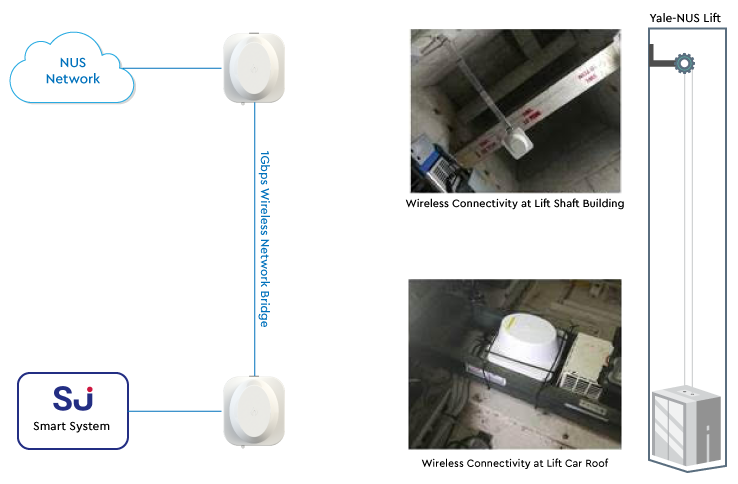Seeing how the ongoing digital revolution and advancements in digital technologies are transforming people’s life, Singapore government introduced “Smart Nation” initiative, which aims to drive pervasive adoption of digital and smart technologies throughout Singapore. As a college committed to innovation and the spirit to pioneer new ways of doing things better, Yale-NUS College has also made headway towards creating a “Smart City in a Campus.”
In 2017, the college signed a Memorandum of Understanding (MOU) with Surbana Jurong, one of the largest Asia-based urban and infrastructure consulting firms, which has over 30 years of experience in developing and managing smart solutions for Singapore’s Housing & Development Board town councils. According to Mr. Aw, the director of the college’s Infrastructure, Safety, & Security department, Surbana Jurong was looking for a partner who shared a like-minded vision for innovation and had a “suitable physical environment and dynamic cohort of thinkers and doers to test-bed their ideas.”
As part of the MOU, the college offered their 64,000 square-meter campus as a venue for Surbana Jurong and its partner, CLOPTech, to deploy and testbed their solutions accurately in a real-life environment, which will in turn enhance the residential living facilities and built environment of the college. With Yale-NUS College as an optimal testbed, Yale-NUS, Surbana Jurong and CLOPTech collaborated in the Yale-NUS Smart Elevator System, which delivers state-of-the-art smart AI systems to predict and improve building safety.
The system consists of Surbana Jurong’s Lift Performance Monitoring System (LMS) and IgniteNet’s MetroLinq 60, proposed by CLOPTech, in the LMS sensor boxes. LMS can collect data on the lifts’ performance and use predictive analytics to identify potential issues before they occur and in turn, reduce lifts’ maintenance downtime. MetroLinq 60 can utilize the 60 GHz mmWave band to enable the delivery of multi-gigabit connectivity wirelessly allowing quick roll-out of fiber like wireless networks.
With the 60 GHz mmWave band, MetroLinq 60 provides a pervasive connectivity without compromising data transmission. Besides, it also accelerates wireless connectivity between the sensor boxes and the command center.
On top of that, the 60GHz wireless solution also brought along new opportunities that enhance the students’ experience when high speed connection becomes freely available for multiple new smart applications –centralized surveillance and alert system, e-Concierge and services to passengers. The team is also exploring technologies such as bio-metric and face recognition to be integrated in buildings’ security systems to enhance safety and security.
“Although the campus is small, our daredevil spirit and commitment to innovation can result in practical solutions that can be replicated at a larger scale,” said Mr. Aw.
